Question:1
“Permitted load” on a commercial vehicle is:
Category : Rules and Regulations
Question:2
Define “motor vehicle”:
Category : Rules and Regulations
Question:3
Who is under obligation to be familiar with the traffic laws and obey them?
Category : Rules and Regulations
Question:4
What is a “speed retarder”?
Category : Rules and Regulations
Question:5
Holder of a Class B driver’s license is also permitted to drive:
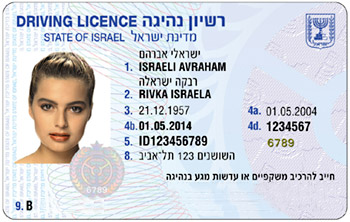
Category : Rules and Regulations
Question:6
Is a vehicle driver allowed to exceed the speed limit while overtaking?
Category : Rules and Regulations
Question:7
Is it permitted for vehicle drivers to drive under the influence of drugs or alcohol?
Category : Rules and Regulations
Question:8
On an inter-urban road without a centre dividing area, what is the speed limit for a commercial vehicle with an all up weight that doesn’t exceed 3.5 tons (if not indicated otherwise by any road sign)?
Category : Rules and Regulations
Question:9
Are you required to give right-of-way to the cyclist?
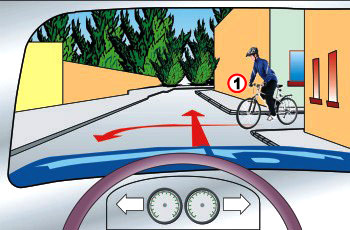
Category : Rules and Regulations
Question:10
What is the first thing a driver should verify before driving an unfamiliar vehicle?
Category : Rules and Regulations
Question:11
Which trailer can be towed by a class B driver’s license holder using a vehicle that is approved for towing?
Category : Rules and Regulations
Question:12
When is a driver of a motor vehicle required to dip the vehicle’s lights?
Category : Rules and Regulations
Question:13
Are we permitted to ride or drive a vehicle when part of our body is sticking out of the vehicle?
Category : Rules and Regulations
Question:14
Is it permitted to drive on the sidewalk in order to pass a road obstacle?
Category : Rules and Regulations
Question:15
Is it obligatory to wear a helmet while driving an ATV?
Category : Rules and Regulations
Question:16
How should you conduct yourself when exiting premises, a gas station or an access road to a house?
Category : Rules and Regulations
Question:17
When an intersection is posted with both traffic signs and traffic lights, the instructions of which has the priority over the other?
Category : Rules and Regulations
Question:18
Is it permitted to repair a vehicle on the road?
Category : Rules and Regulations
Question:19
Is a policeman permitted to demand of a vehicle driver to perform a “Breathalyzer test”?
Category : Rules and Regulations
Question:20
While driving on a road with two lanes in your direction of driving:
Category : Rules and Regulations
Question:21
What is required from a vehicle driver that passes the scene of a road accident with casualties?
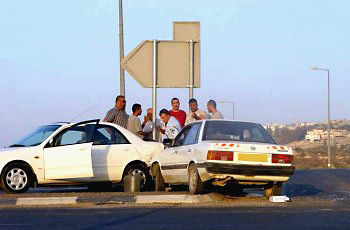
Category : Rules and Regulations
Question:22
How should a driver involved in traffic accident with casualties conduct himself?
Category : Rules and Regulations
Question:23
Should every road user obey the traffic signs?
Category : Rules and Regulations
Question:24
Can an owner of a valid driver’s license for a particular group of vehicle drive any vehicle of the same group?
Category : Rules and Regulations
Question:25
What is the maximum permitted speed for driving an all-terrain vehicle?
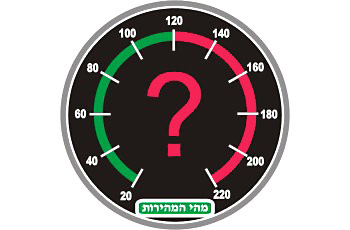
Category : Rules and Regulations
Question:26
What is the speed limit on an urban road for a private passenger car (if not indicated otherwise by any road sign)?
Category : Rules and Regulations
Question:27
The following illustration shows an intersection with traffic signs. What is the correct manner of making a turn from street A to street C?
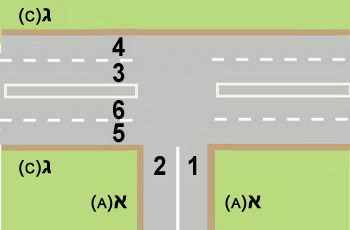
Category : Rules and Regulations
Question:28
Define level crossing:
Category : Rules and Regulations
Question:29
In the following picture – where is it forbidden to stop or park a vehicle?

Category : Rules and Regulations
Question:30
When is it permitted to turn left, from a lane other than the left lane?
Category : Rules and Regulations

